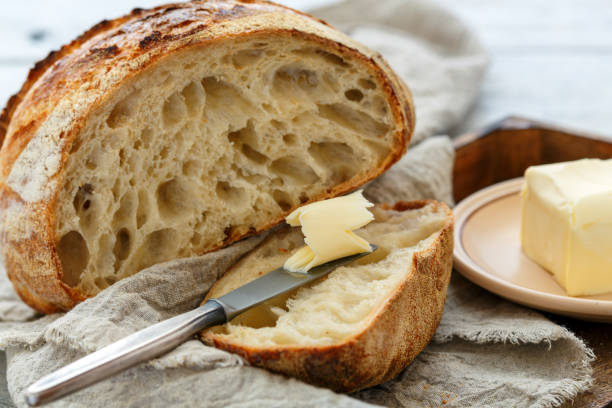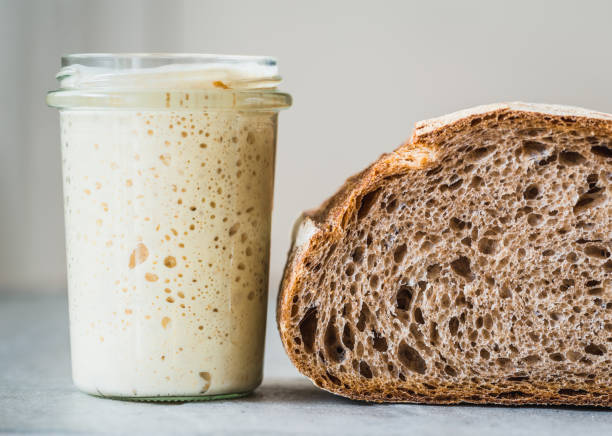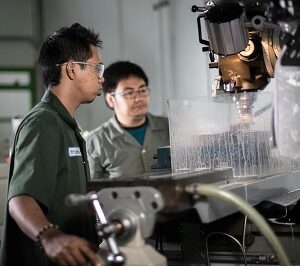Your baking experience may be much enhanced by the choice of a sourdough bread maker. Search for appliances with adjustable settings so you may change kneading, proofing, and baking times to get the ideal loaf. Think about models with a “sourdough” option that mimic old-fashioned ways of fermenting. A machine with a delay timer will help you fit baking into your hectic schedule because it lets you start whenever it works best for you. To avoid any problems with baking dough, get a robust model with a non-stick interior. With the correct machine, you will always obtain the same outcome.
How much a good proofing bowl for bread making is worth
A proving bowl forms and ferments sourdough most of the time. These bowls were once called bannetons, and they are meant to let the dough rise so that it gets a nice crispy texture. The proofing basin is usually constructed of rattan or wood pulp, which helps the dough get the right amount of air, which is important for making the loaf’s flavor and crust. A high-quality proofing bowl can help your dough not stick and create the perfect conditions for a steady, controlled rise.
Getting Your Dough Ready to Rise
It takes a lot of work to get your dough ready for proving. Once the dough is mixed, it should rest and gain flavor throughout the bulk fermentation stage. After this first rise, the dough is shaped carefully and left in the proving dish for a second rise. Gently coat it with flour before putting it in the basin so it doesn’t stick. Correcting the dough makes ensuring that it rises evenly, which gives sourdough its unique open crumb and crispy outside.
Why is proofing time important for baking sourdough?
The proving time is what makes a great sourdough loaf. This time lets the dough rise, which gives sourdough bread its unique taste and texture. If you don’t prove the bread enough, it will be dense and tasteless. If you proof it too much, it can fall apart. The specific sourdough starter you use, as well as the temperature and humidity, will affect how long it takes to proof. Always check your dough and use visual signals like it being twice as big and not wobbling to tell when it’s ready to bake.

Keeping the right temperature for proofing bread
Controlling the temperature during proving is very important for the right pace of sourdough ferments. The best temperature range for sourdough proving is between 75°F and 82°F. If the dough is too hot, it will rise too much and the bread will fall apart when it bakes. If it is too cool, it will take longer to rise. You can make proof dough at room temperature or in a controlled setting, like an oven with a proving setting or a proofing box, to keep the temperature steady.
What Hydration Does to Sourdough Bread Dough
The amount of water in your dough will affect how the bread feels and how the crumbs look. A low hydration dough makes a denser loaf, whereas a high hydration dough—one with more water—makes a crumb that is more open and airy. The amount of moisture you pick will depend on your own taste, the type of flour you choose, and the weather. It could be hard to work with dough that is more hydrated, but if you know what you’re doing, you can make loaves that are light, fluffy, and full of flavor.
Making a nice crust on sourdough bread
A sourdough loaf that has been baked well has a crust that is tidy. To get that special golden-brown, crunchy crust, steam is quite important in the beginning of baking. You may do this by either putting a pan of water in the oven or baking your bread in a Dutch oven with the lid on. The steam makes the crust moist, which lets it grow before it hardens into a hard shell. Taking off the water or the cover at the end of baking makes sure that the crust is completely crispy.
A banneton makes it possible to proof sourdough.
A banneton, also known as a proving basket, is a tool that is specifically made to improve the structure of your sourdough’s last rise. The basket’s spiral ridges let air travel through the dough evenly, which is what fermentation needs, and they also make a pretty pattern on the dough. A banneton keeps the dough from expanding and helps it keep its shape. This stops the bread from being flat and deformed. The natural materials in the banneton also help to get rid of extra moisture, which makes the crust better.

How the Autolyze Mechanism Works in Sourdough Baking
The autolyze step is an important part of making sourdough that helps the dough grow. To make this dish, you just need to mix the flour and water together, let it sit for 20 to 60 minutes, and then add the starter and salt. Resting the dough activates the enzymes in the flour, which makes the gluten structure better and makes it easier to work with. Autolyze is great for making sourdough bread since it makes the bread taste better, adds moisture, and makes the texture better.
Why It is really important to look at your sourdough dough.
Making tiny cuts or slits on the surface of the dough allows steam escape while baking, which keeps the loaf from exploding. Scoring also helps the bread rise in the oven in a way that is more controlled and attractive. Also, scoring might be a fun way to come up with new meal patterns. The cuts should be deep enough to let the bread rise, but not so deep that they break the dough.
Keeping sourdough bread fresh for a long time
The way you store your sourdough bread affects how fresh and textured it is. Let your loaf cool all the way down before putting it in the fridge. A sourdough bread kept in a permeable cotton bag or covered in a towel keeps fresh for several days at room temperature. If you’ve used a proofing bowl for bread, remember to let it cool completely before storing. Steer clear of plastic sealing it; this softens the crust and traps moisture. Bread can be refrigerated for long-term use and cut; subsequent reheating will produce a freshly baked taste.

Conclusion
Creating the perfect sourdough loaf calls for tools, understanding, and patience. Every step, from selecting a proofing bowl and quality bread maker to mastering the fermenting method, shapes the outcome. A banneton provides the required support during proving; moisture and temperature control guarantees the dough develops beautifully. Achieving that legendary crust calls for both steam and dough scoring. Knowing the nuances of sourdough baking will help you to routinely produce great, homemade bread at home, thereby appreciating the whole satisfying process from beginning to end.









